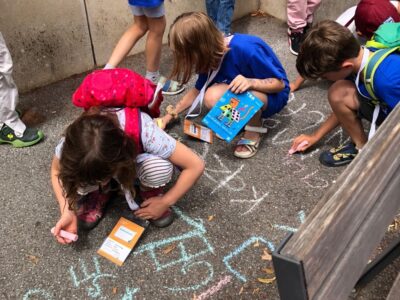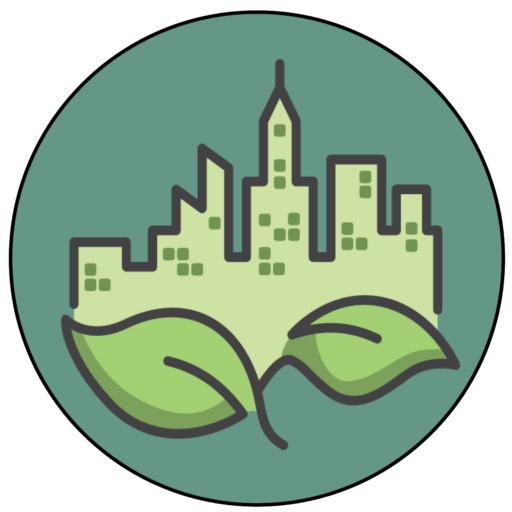Wild and important!– Workshop at the children’s university 2025
The workshop “Wild & Important!”, held by Charlotte Tienes, Sophie Gnadenberger and Julia Wesely, took place on July 16 as part of the Children’s University 2025. The aim was to introduce the 25 participating children aged 7 to 9 years to urban ecosystems and the challenges they face.
At the beginning the children learnt about different urban ecosystems like parks, “Grätzl-Oasen” and wildflower meadows. In a playful way, they found out more about the tasks and special “talents” of, as well as the interactions between animals and plants in urban ecosystems. The focus was on how the presence of different species interacts and how a healthy ecosystem can exist in urban areas. The children learnt what a valuable contribution even small animals like ants, bees, and mosquitos make. It was also addressed that humans have a great influence on existing ecosystems. In this context the children named waste, noise, soil sealing, and wastewater as influencing factors. They also identified light pollution, invasive species and misunderstood love of animals, for example when feeding the ducks, as potential threats to the balance of ecosystems.
Finally, the children imagined an intact urban ecosystem through a dream journey and designed it themselves creatively by crafting, drawing, etc. This resulted in wonderful ideas of healthy ecosystems: From a “garbage monster” that eats plastic waste from rivers so that animals can settle there again, to wild phantasy-animals and green supermarket-roofs.
The workshop was based on the research project ZOE (Zoonosis Emergence across Degraded and Restored Ecosystems). ZOE deals with the question of how the health of ecosystems, like intact biodiversity, is linked to the health of humans, like prevention of zoonoses.
Text and photos: Sophie Gnadenberger, 2025





